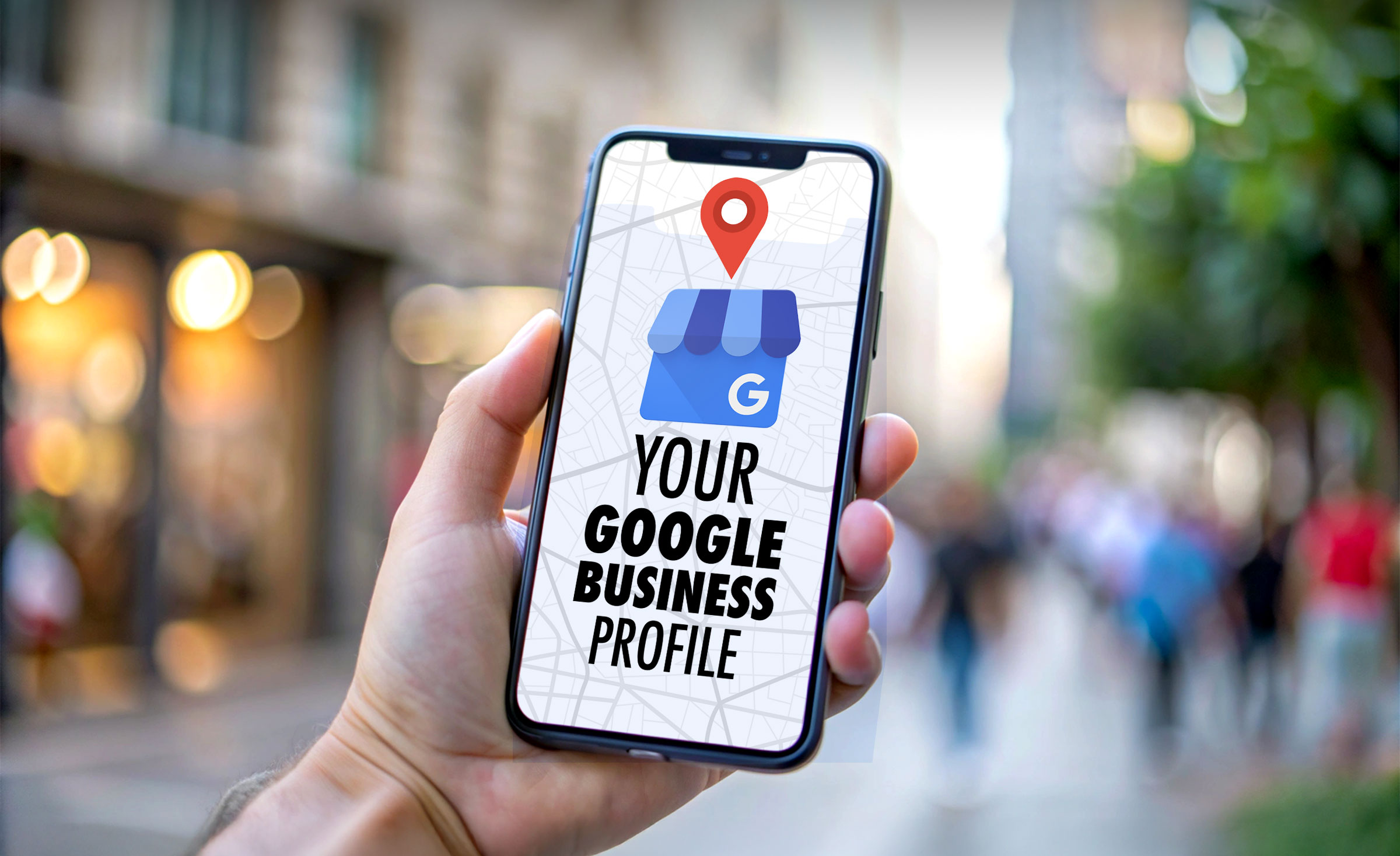Customer reviews are not just a nice bonus. They’re fuel for your marketing, tools for trust, and levers for search visibility. If you run a local service business, knowing where to put reviews and how to use them can directly impact your bottom line.
This post breaks it down clearly: where reviews should live, why they work, and how to use them without wasting time.
1. WHERE: Put Reviews Where Your Customers Look First
Start with Google
If you're a local business, Google is your front door. Google reviews affect your local search rankings, how you appear on maps, and what people see when they first find you. A steady stream of fresh reviews helps you rank higher and look more credible.
Then go where your industry hangs out
- Restaurants → Yelp, OpenTable, Resy
- Contractors → Angi, Houzz, HomeAdvisor
- Healthcare → Healthgrades, ZocDoc
Your customers already trust these platforms, so show up where they already are.
Don’t forget your own platforms
- Website: Feature testimonials on your homepage or create a separate page dedicated to customer stories.
- Social media: Share screenshots of strong reviews, turn them into branded graphics, or highlight them in Stories or Reels.
Key takeaway: Do not park all your reviews in one place. Spread them across Google, niche review platforms, your website, and social media to meet your customers wherever they’re looking.
2. WHY: Reviews Are More Than a Reputation Tool
Here is why reviews actually matter:
- Local SEO
Google looks at how many reviews you have, how recent they are, and your average rating. These signals affect whether your business gets found in the first place. - Trust
According to BigCommerce, 92% of B2C buyers are more likely to purchase after reading trusted reviews. That is a stat worth paying attention to. - Customer insights
Patterns in your reviews tell you what customers like, what needs work, and where you can improve. It is free feedback from the people who matter most. - Conversions
A well-placed testimonial can remove doubt and push someone from considering your service to booking it.
Key takeaway: Reviews impact visibility, trust, and decision-making. They are not optional. They are active marketing assets.
3. HOW: Make Reviews Work Without Extra Headaches
Automate review collection
Use platforms like Go High Level, Birdeye, or Podium to collect reviews without chasing people down. Here's what a good system looks like:
- Customers are added to a review flow right after service
- They receive a short, friendly text or email asking for a review
- The message includes a direct link to the review platform of your choice
Make it fast and simple. If it takes more than one click, most people will skip it.
Repurpose reviews across your marketing
- Feature them on your homepage where visitors will actually see them
- Turn standout quotes into social media graphics
- Use real customer quotes in Reels or short videos
Always respond
- Thank happy customers in public
- Address negative reviews with professionalism. Acknowledge their issue, keep your response brief, and invite them to contact you directly
Responding shows you are paying attention and that you value feedback, even the tough kind.
Key takeaway: Treat reviews like valuable content. Automate how you collect them, repurpose the best ones, and respond thoughtfully. They shape your brand more than you think.
Final Thought
If you're not actively managing and using your reviews, you are missing opportunities to grow. Start by focusing on Google, expand to the platforms your industry uses, and turn great feedback into marketing that works.
Need help setting up your review system or designing content that features your best feedback? The Idea Farm is here to help you grow what matters. Click here to book your consult.
.png)




































.svg)





.svg)